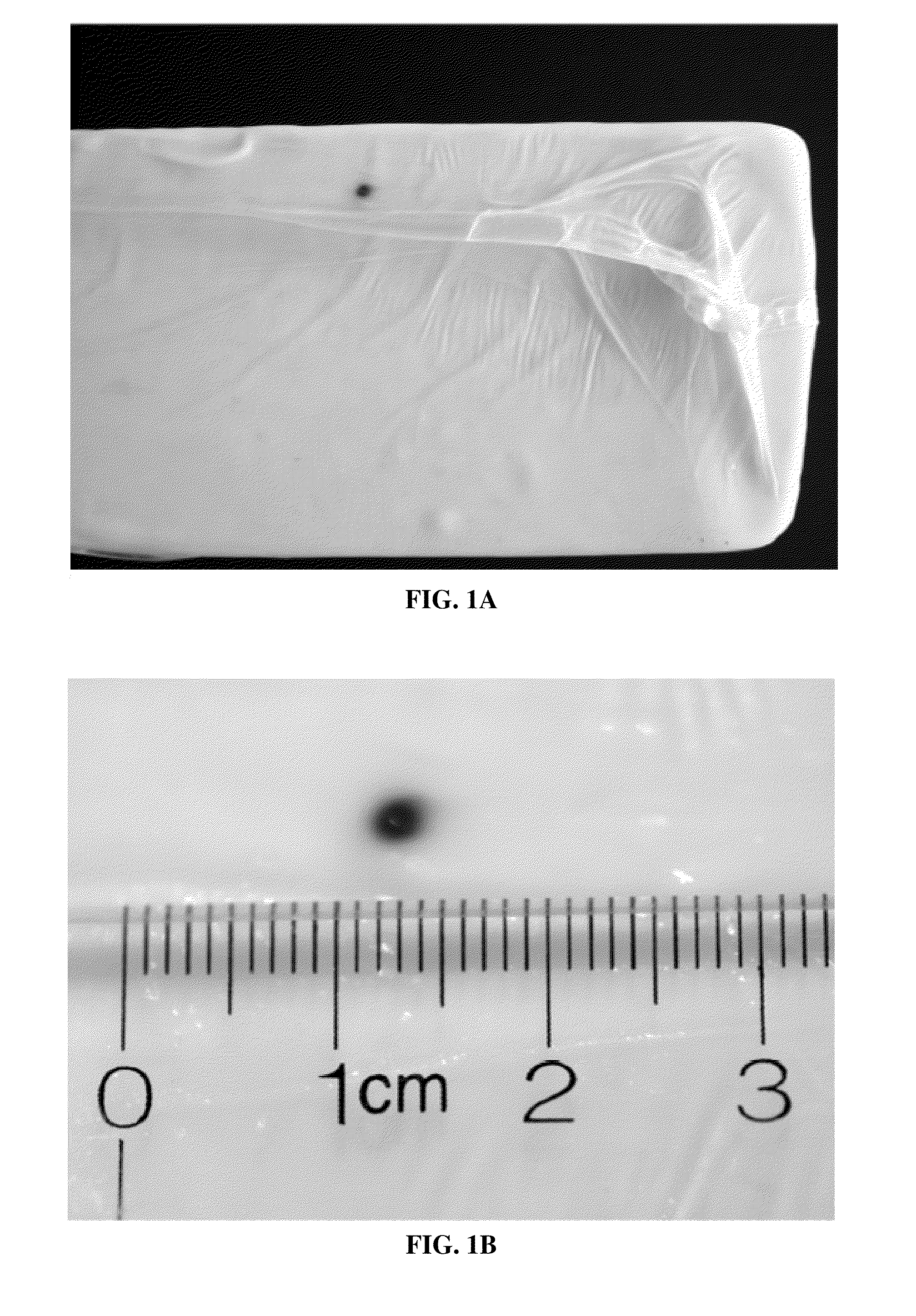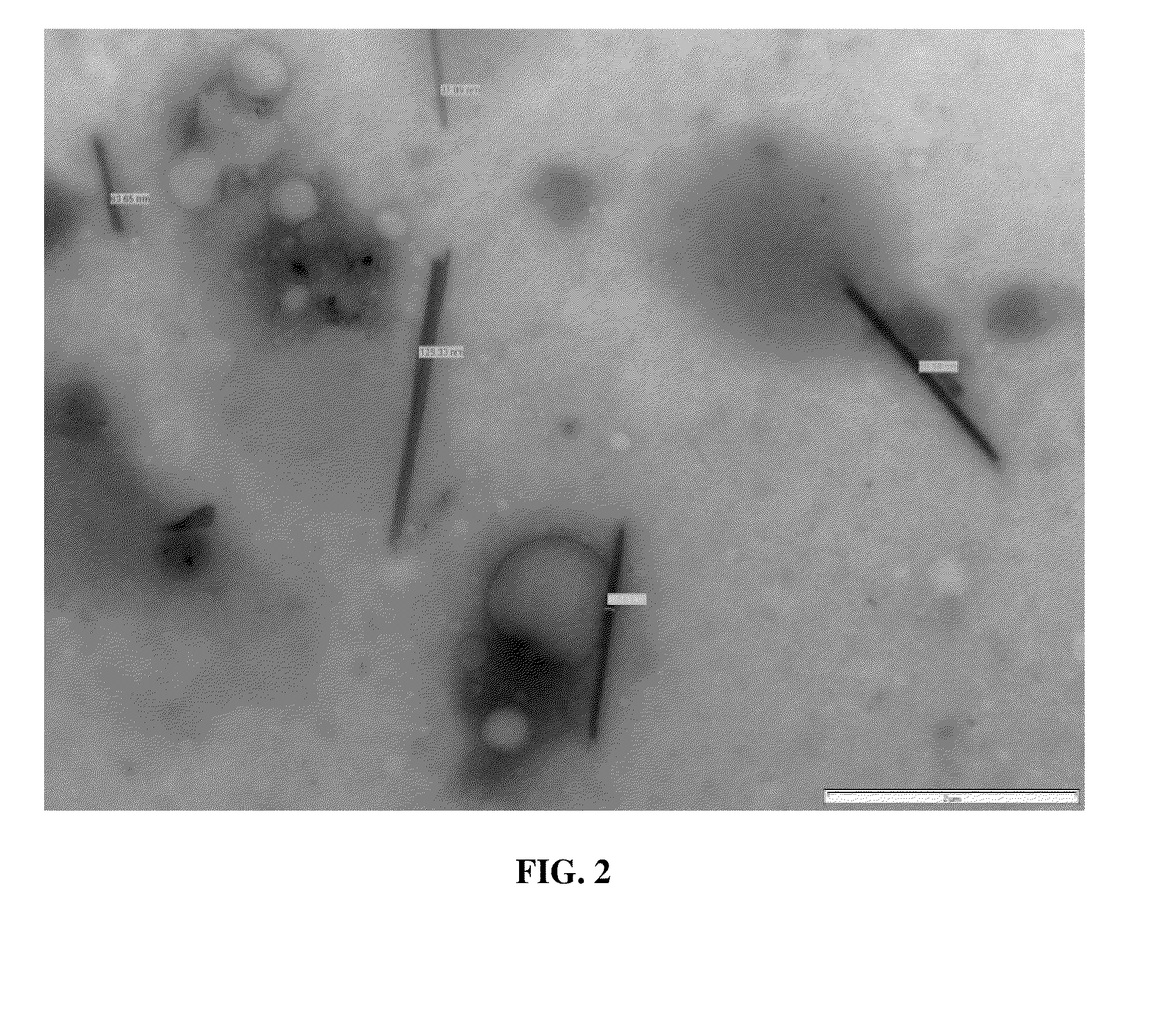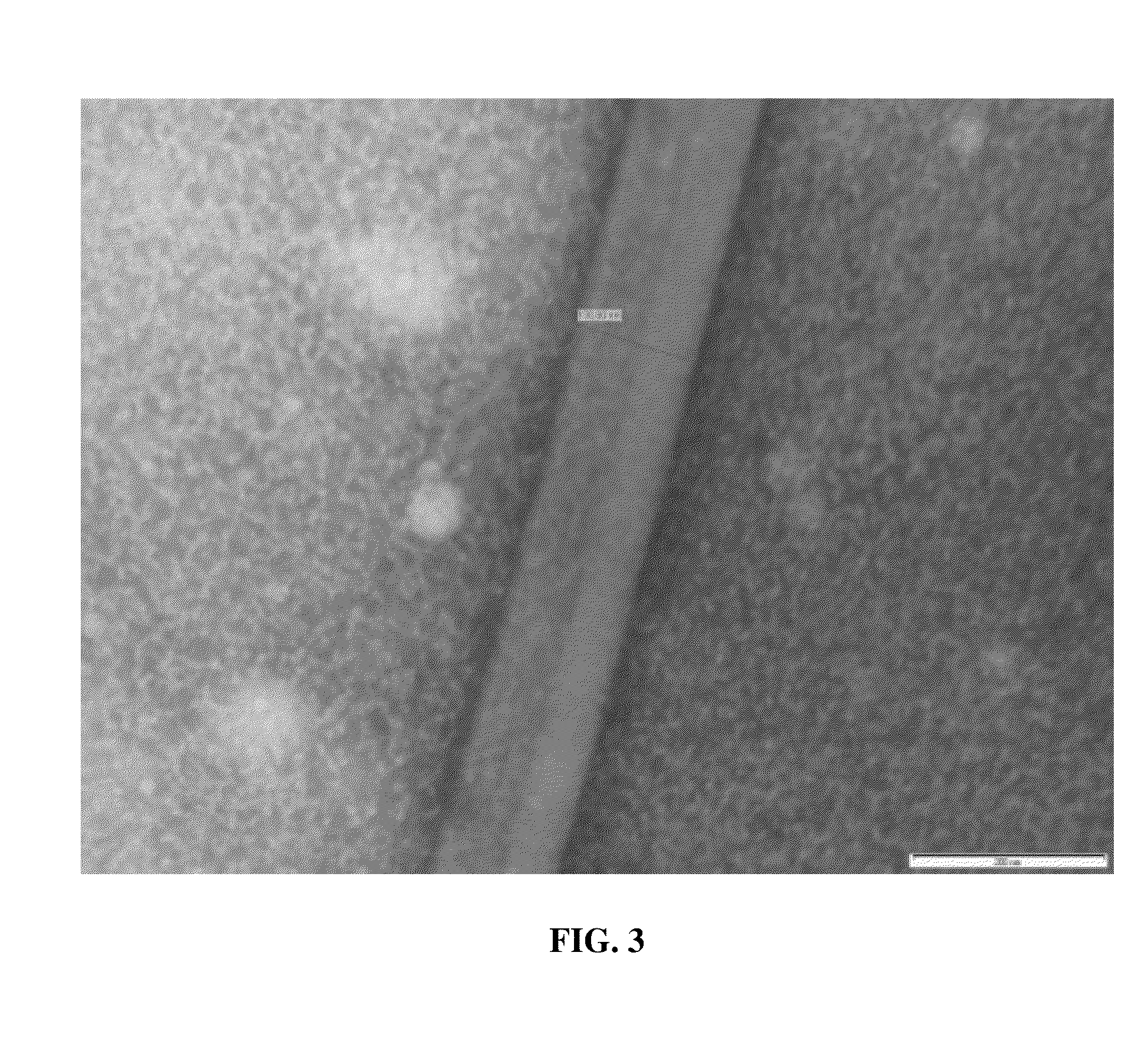Intra-mammary teat sealant formulation and method of using same to reduce or eliminate visual defects in aged cheeses
- Summary
- Abstract
- Description
- Claims
- Application Information
AI Technical Summary
Benefits of technology
Problems solved by technology
Method used
Image
Examples
example 1
[0041]A test ITS using a combination of zinc oxide and titanium oxide as the metal salts was formulated. The test ITS was identical to the “ORBESEAL”-brand formulation, with the exception that it did not contain any bismuth or bismuth-containing salts. The test ITS comprised zinc oxide, titanium dioxide, mineral oil (30-40%), and aluminium stearate.
[0042]To prepare a batch of ITS, liquid paraffin (e.g., mineral oil) is delivered into a suitable vessel equipped with a mixer. Aluminum stearate is added and the mixture is stirred and heated to about 160° C. until homogeneous (about two hours). The non-toxic, non-bismuth containing salt is then added in portions to the mixture, with stirring, until the desired amount of metal salt has been added. The mixture is then stirred until homogenous. The products is then transferred into conventional injector tubes for intra-teat administration.
example 2
[0043]The object of this Example was to compare retention within the teats of non-lactating dairy cows of an ITS that did not include bismuth sub-nitrate as compared to the “ORBESEAL”-brand product.
[0044]The study was performed at the Blaine Dairy of the University of Wisconsin-Madison (UW), in Arlington, Wis. Sixteen (16) cows (n=64 teats) were enrolled on the day of dry off. All enrolled cows were required to have four functional quarters and no visible sign of mastitis. All cows were dried off and received intramammary antibiotic dry cow therapy (DCT) according to standard UW dairy herd protocols. Parity and milk yield (at dry off) were recorded for each cow. Upon initial enrolment, teats were scored for shape, length, diameter and degree of teat end hyperkeratosis. Within each cow, two teats were assigned to receive the “ORBESEAL”-brand ITS and two teats were assigned to receive the test ITS. The administration protocol was designed to ensure that each product was administered u...
example 3
[0058]The object of this Example was to develop an ITS with improved cleanability properties. In this Example, an ITS similar to the one described in Example 1 was made, but the mineral oil gel was replaced with a triglyceride-based mobile phase. These sealants, which are preferred, proved to have good barrier properties, as well as improved cleanability properties using conventional teat-cleaning protocols (as compared to mineral oil-based sealants). Milk producers have found that it is extremely difficult to remove residual from conventional, mineral oil-based ITS formulations from milk contact surfaces using standard cleaned-in-place (CIP) procedures. Therefore, an ITS which has good barrier properties and which is also easy to clean from surfaces that contact milk is very desirable in the market.
[0059]Due to various factors, many milk producers do not adequately remove ITS from the udder before milking. It is unlikely that this outcome can be eliminated through training and educ...
PUM
| Property | Measurement | Unit |
|---|---|---|
| Fraction | aaaaa | aaaaa |
| Percent by mass | aaaaa | aaaaa |
| Percent by mass | aaaaa | aaaaa |
Abstract
Description
Claims
Application Information
 Login to View More
Login to View More - R&D
- Intellectual Property
- Life Sciences
- Materials
- Tech Scout
- Unparalleled Data Quality
- Higher Quality Content
- 60% Fewer Hallucinations
Browse by: Latest US Patents, China's latest patents, Technical Efficacy Thesaurus, Application Domain, Technology Topic, Popular Technical Reports.
© 2025 PatSnap. All rights reserved.Legal|Privacy policy|Modern Slavery Act Transparency Statement|Sitemap|About US| Contact US: help@patsnap.com



